MOST MOVEMENT DOESN'T occur with both feet planted on the floor. You walk by putting one foot in front of the other, you go up stairs one at a time, and you might even hop over a puddle on a rainy day by springing forward off one foot. To build truly strong legs, you need to incorporate exercises into your strength training routine that challenge your limbs independently. That's why movements like the Bulgarian split squat (a.k.a. the rear foot elevated split squat) are essential to your training.
The Bulgarian split squat puts you in a unilateral position, meaning you'll be working one side of your body at a time. This is key. Not only are you addressing muscle imbalances that your standard squats might mask, you'll also have the chance to hone your athleticism as you fight to maintain your position throughout each rep.
While the Bulgarian split squat is a great exercise for all types of trainees, it is slightly more technical than the average squat. Here, Men's Health fitness director Ebenezer Samuel, C.S.C.S., explains best way to do the Bulgarian split squat so you can get to gains even more quickly.
How to Do the Bulgarian Split Squat
Follow these form cues to learn how to do the Bulgarian split squat. Once you've read the step-by-step directions, follow along for some higher-level tips from Samuel to dive deeper into the exercise.
More Tips for Mastering the Bulgarian Split Squat
Start At The Bottom
Eb says: The biggest mistake I see with the Bulgarian split squat is the setup, and if you setup wrong, you'll never get the Bulgarian split squat right. If your leg is too close to the bench, you wind up with a bad front knee position that's going to contribute to knee pain. If it's too far, you won't get the proper stretch on your back leg and you'll miss half the beauty of the Bulgarian. So find your position on the ground first, then stand up.
Back Knee Never Touches
Eb says: The Bulgarian split squat is best used as an exercise that demonstrates controlled movement, not explosion, so think about owning the eccentric (lowering phase)—and work to own the bottom of each rep, too. To own that bottom position, don't let your back knee hit the ground. Once that back knee touches the ground, this basically becomes a loaded couch stretch.
We want it to be something more than that so you can build leg and glute strength. So force yourself to stop an inch before your back knee hits the ground, and pause in this position for a split second. This will also force you to demonstrate control in that bottom position instead of relying on a bounce out of the hole.
Glutes On
Eb says: You have to pay attention to plenty of factors in the Bulgarian split squat, and the movement pattern itself will take some getting used to, but don't let any of that be an excuse to not keep your glutes active, as they should be on any squat or deadlift motion.
Letting your glutes relax during a Bulgarian leaves you open to letting your front knee track inward, a potentially damaging position. Keeping your glutes on will prevent this from happening, and also help you derive optimal benefit from the Bulgarian split squat. When you power out of the hole in a Bulgarian, it's very often almost all glute that drives that charge.
Benefits of the Bulgarian Split Squat
The Bulgarian split squat is effective at building muscle and strength, hitting the glutes, hamstrings, and quads. Plus, it's a unilateral exercise that helps to address muscle imbalances and hone athleticism. The split stance helps train mobility and flexibility on the rear leg. Plus, you can use multiple forms of load to execute the move—dumbbell, kettlebells, or barbells.
What You Need to Do the Bulgarian Split Squat
To pull off the Bulgarian split squat, you'll need a stable raised platform (like a weight bench or if you're at home, an ottoman or couch) to prop your elevated foot. You can do the exercise without weights and still get a solid workout, but you'll reap the most strength and muscle gains by using weight. You can use dumbbells, kettlebells, or barbells held in a variety of different grips, like the suitcase hold at your sides, racked, and more.
How to Add the Bulgarian Split Squat to Your Workouts
There are a few different ways you can add this move into your workouts.
Start by mastering the move with just your bodyweight. This will help you nail down the correct form. Since they’re unloaded, you can add these in as a finisher to your leg day to really burn out your quads and glutes. Don’t be afraid to really jack up the reps when you program them like this, Samuel says. Aim for 3 sets of 15 to 20 reps on each leg.
Slowly start to incorporate weight once you feel you have the form mastered. This is a big compound movement that requires a lot of energy so keep it early in your workout so you can push it on fresher legs. Sandwich it between your heavy-load moves like squats or deadlifts, and your safer, machine-isolated isolated movements like leg extensions. If you’re loading them, keep the volume a bit lower, Samuel says. Aim for 3 sets of 8 to 10 reps.
Bulgarian Split Squat Variations
Want to take your Bulgarian split squat to the next level? Check out these variations:
Pulse Pause Bulgarian Split Squat
Pass-Through Clean Bulgarian Split Squat
Dead Stop Bulgarian Split Squat
Want to master even more exercises? Check out all of our Form Check guides here.















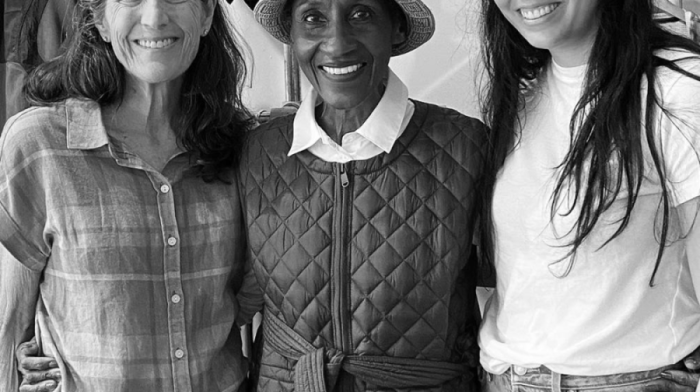
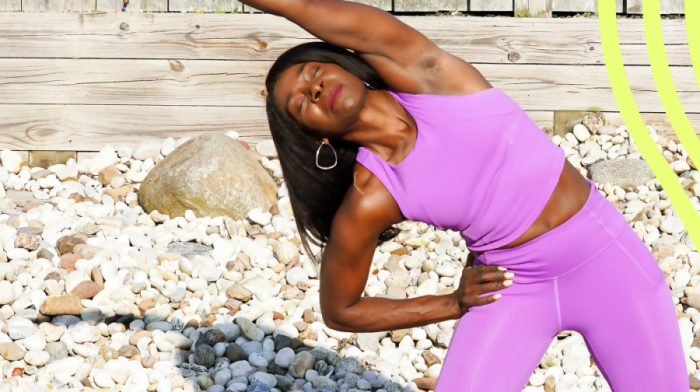

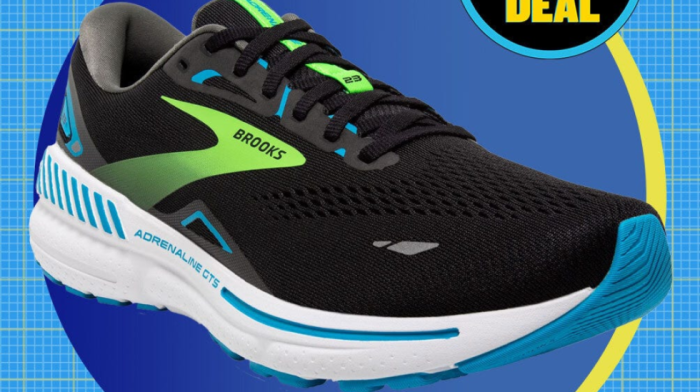
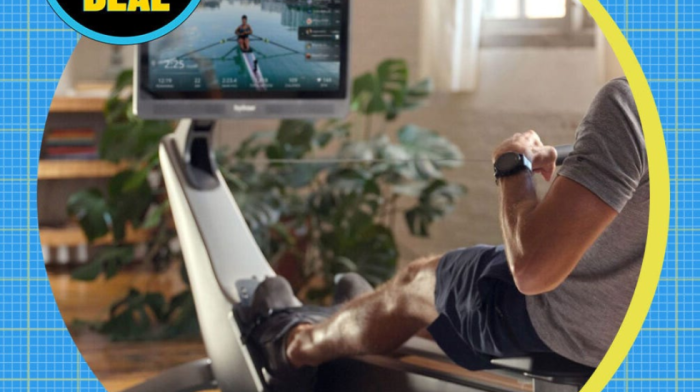
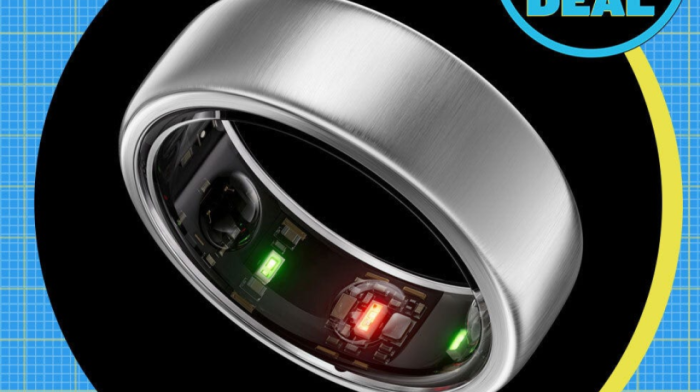
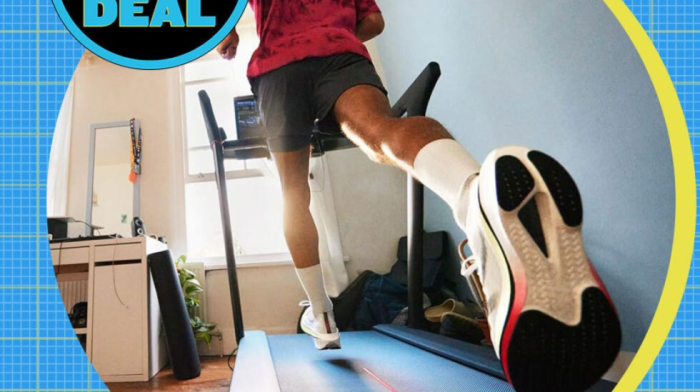
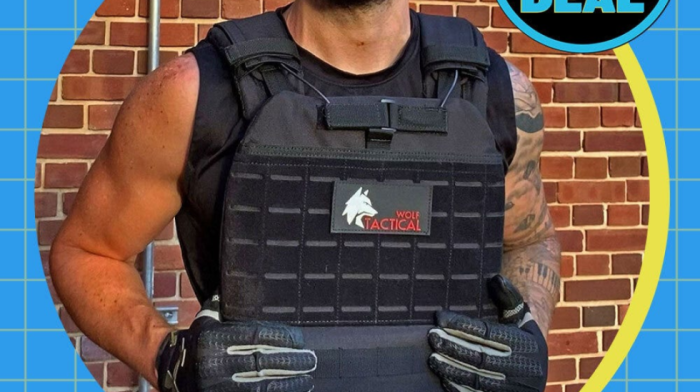
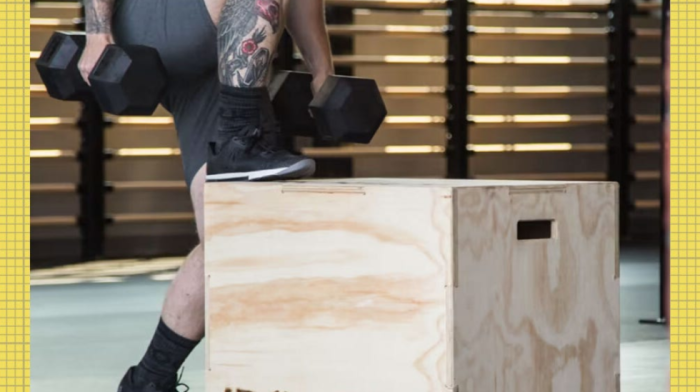

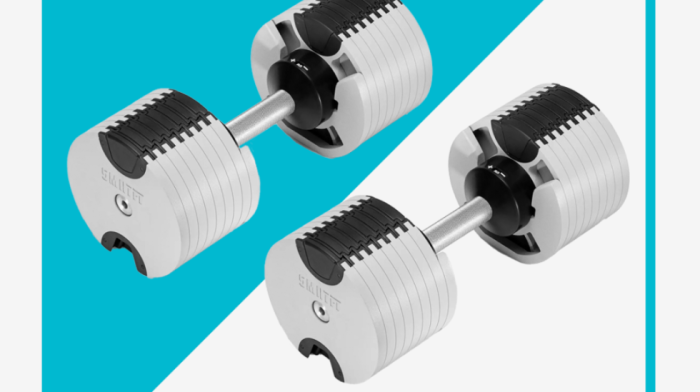
Comments (0)